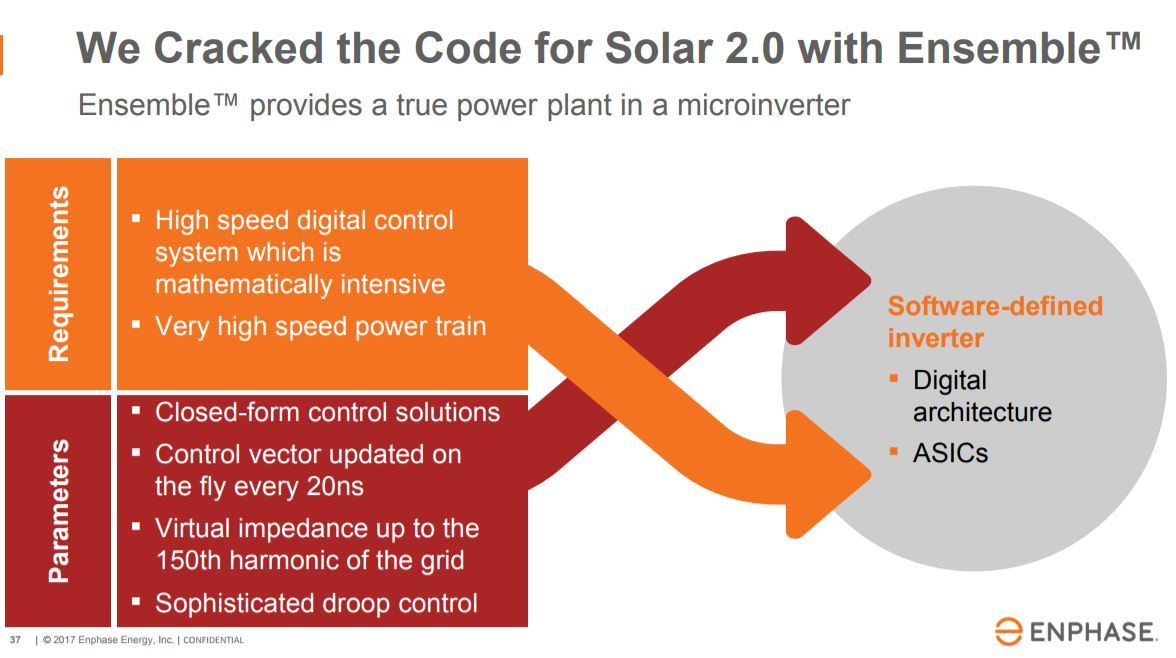myersfamilyhome
New Member
- Joined
- Feb 9, 2021
- Messages
- 140
I searched for a deep dive into the pros and cons of each in an offgrid setting but found very little. Hopefully this will fill the gap. Here are some of the questions I have.
* Is the output of microinverters pure sine wave?
* Can microinverters produce 120/240 (split phase) without additional hardware?
* What are the pros/cons specifically of one over the other in an offgrid scenario?
* Is anyone using microinverters offgrid? and how?
* How can microinverters integrate with an existing LifePo4 build?
* Is the output of microinverters pure sine wave?
* Can microinverters produce 120/240 (split phase) without additional hardware?
* What are the pros/cons specifically of one over the other in an offgrid scenario?
* Is anyone using microinverters offgrid? and how?
* How can microinverters integrate with an existing LifePo4 build?



